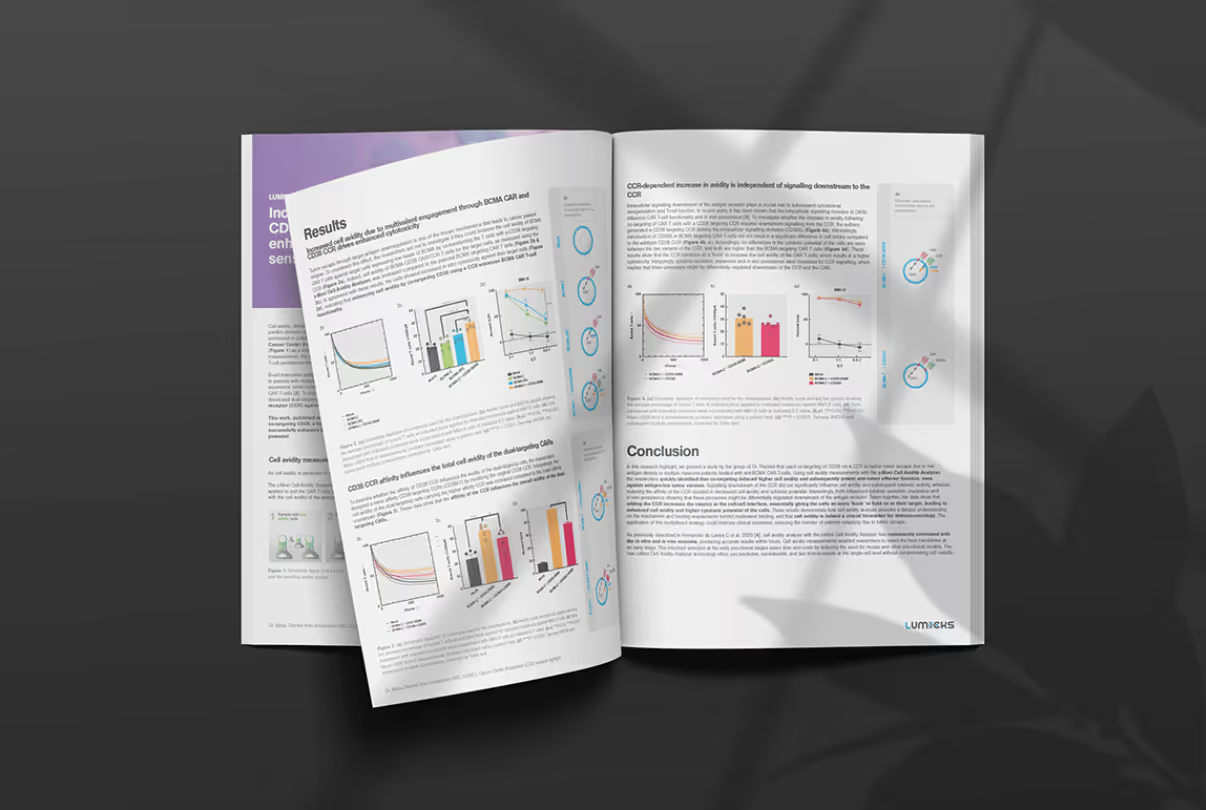A recent publication from the research lab of Dr. Bo Sun presents new findings in the field of gene editing that may help improve in vivo delivery of CRISPR-Cas9 complexes. The team investigated the DNA-binding properties of Staphylococcus aureus Cas9 (SaCas9), a smaller orthologue to the commonly used Streptococcus pyogenes Cas9 (SpCas9).
The research, which is a follow-up study of a similar assessment of SpCas9, offers new knowledge about the properties of SaCas9, which, because of its smaller size and higher turnover, may be better suited for in vivo use.
Like in their previous work on SpCas9, Zhang et al. used high-resolution optical tweezers to unzip double-stranded DNA and localize interaction sites based on distinct disruption forces upon DNA unzipping. The technique has become well-established as a method to measure the position and binding strength between proteins and DNA.
They found two stable interaction regions of the SaCas9 complex, flanking the protospacer adjacent motif (PAM), which resembled their previous observations with SpCas9. However, contrasting their earlier findings, disruption of the SaCas9 interaction downstream of the PAM did not affect the interaction at the upstream PAM-proximal region. Further assays indicated that these stable interactions of SaCas9 created a barrier to the binding and activity of various DNA-tracking motors, such as DNA polymerases and helicases.
Of note, these assessments were performed with catalytically inactive (dead) SaCas9.
An interesting detail in their measurements with the optical tweezers is that catalytically active SaCas9 releases the PAM-distal DNA immediately after cleaving and, hence, dissociates faster than SpCas9. The authors argue that these characteristics allow multiple turnovers by SaCas9, which can be compared with the single-turnover activity of SpCas9.
“Overall, our findings have important implications for the use of SaCas9 as a genome engineering technology and might suggest new avenues for designing guide RNAs with improved specificities and developing Cas9 derivatives with increased efficiency,” the authors concluded.
Congratulations to Siqi Zhang and Dr. Bo Sun at ShanghaiTech University for this exciting publication!
For more information, read the full article published in the journal EMBO Reports titled “Dynamics of Staphylococcus aureus Cas9 in DNA target association and dissociation”.









